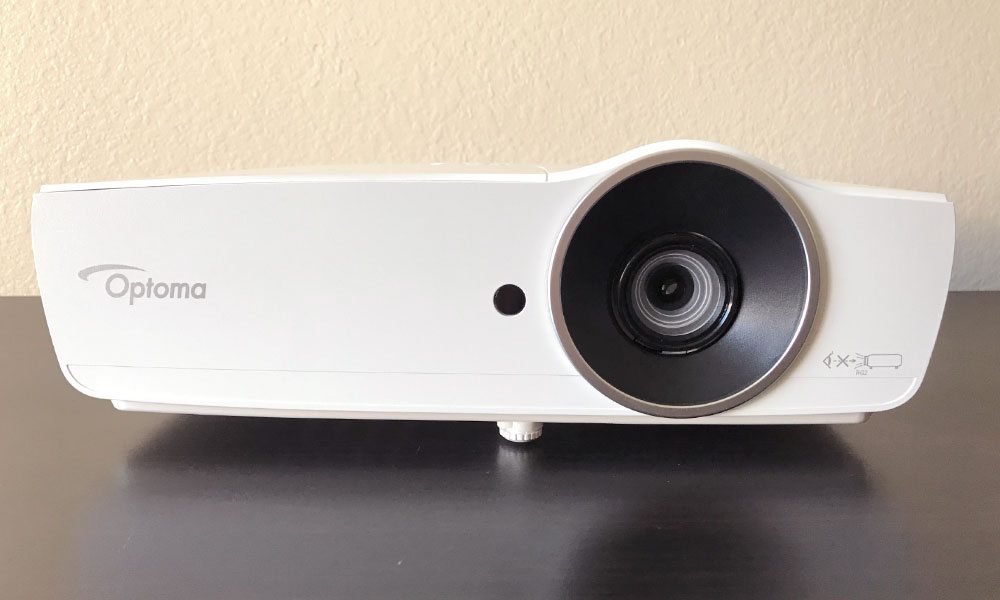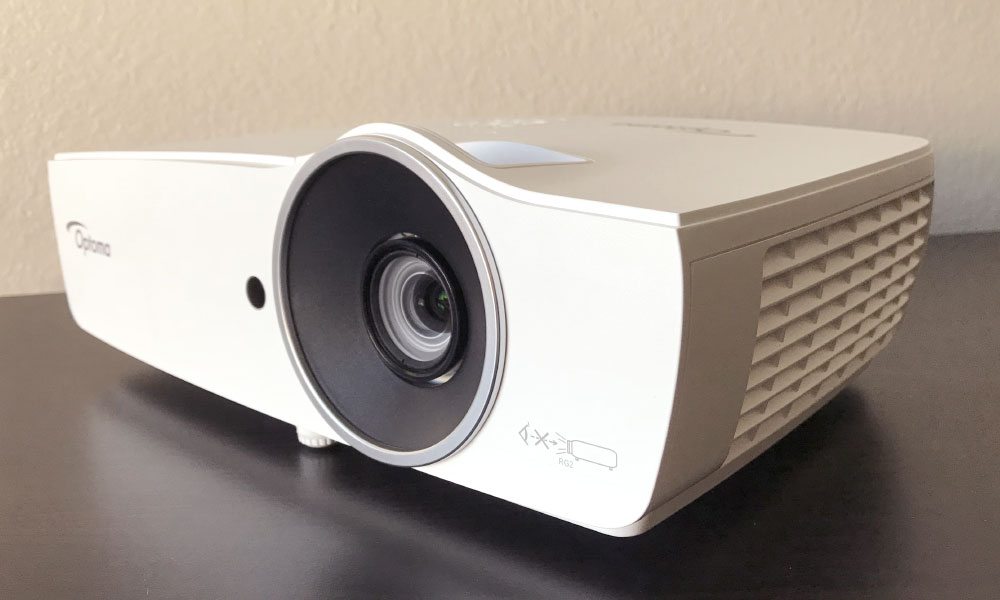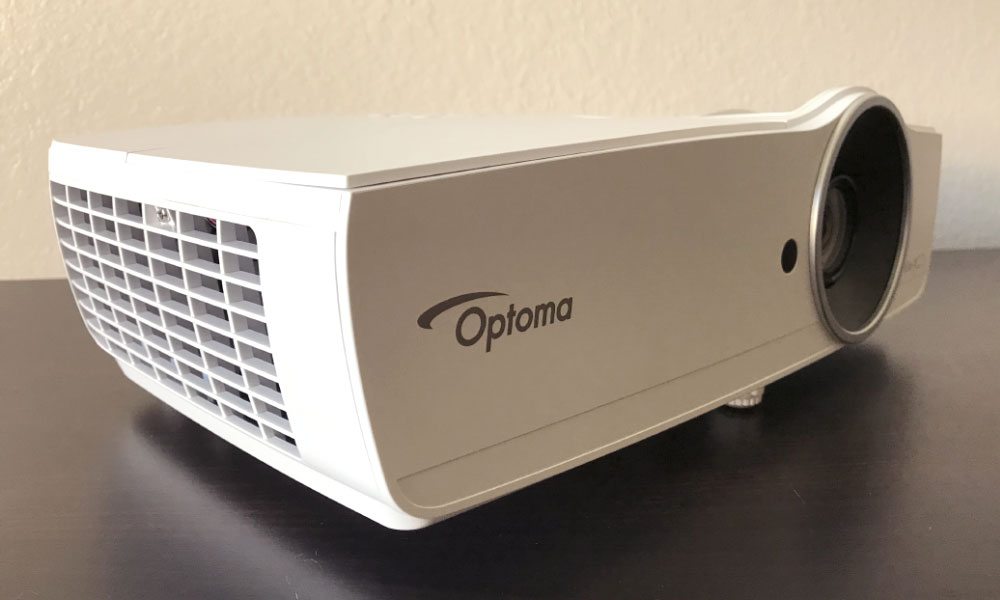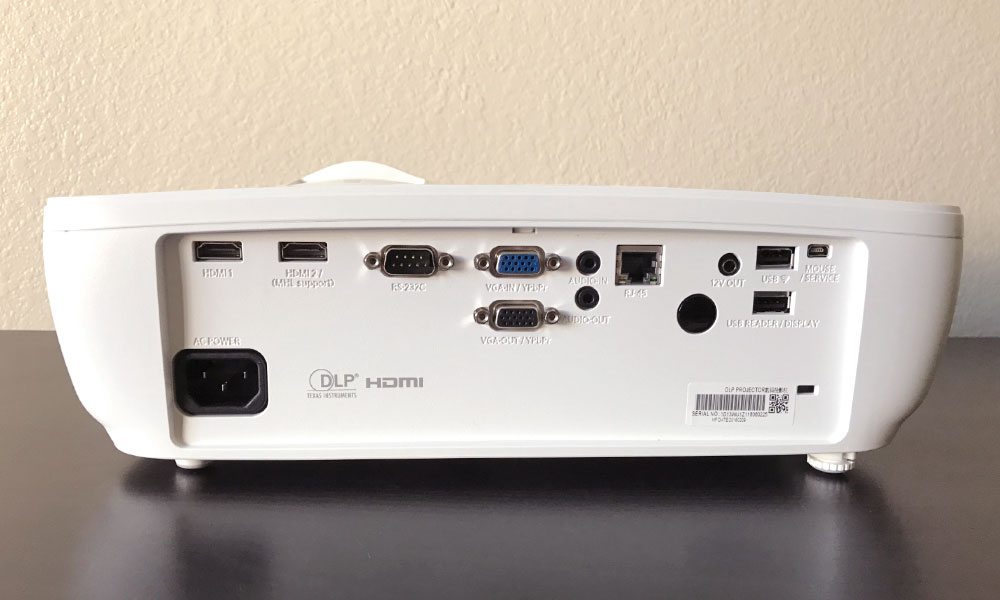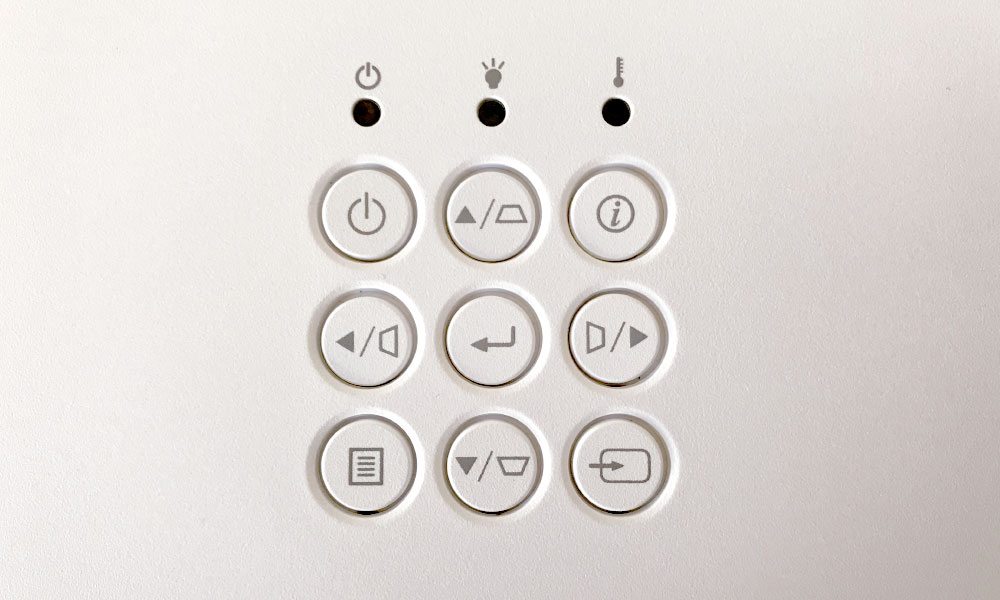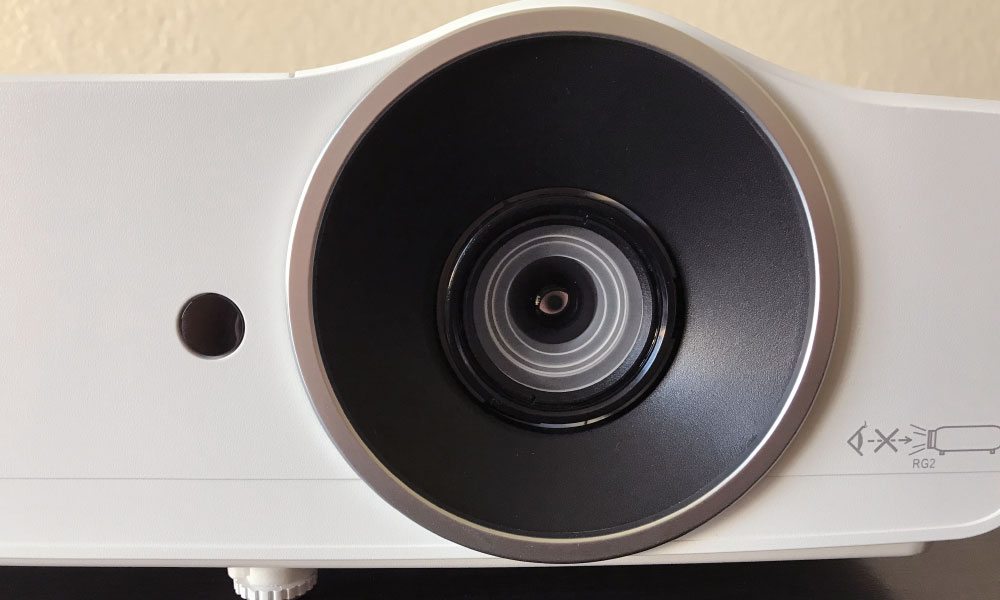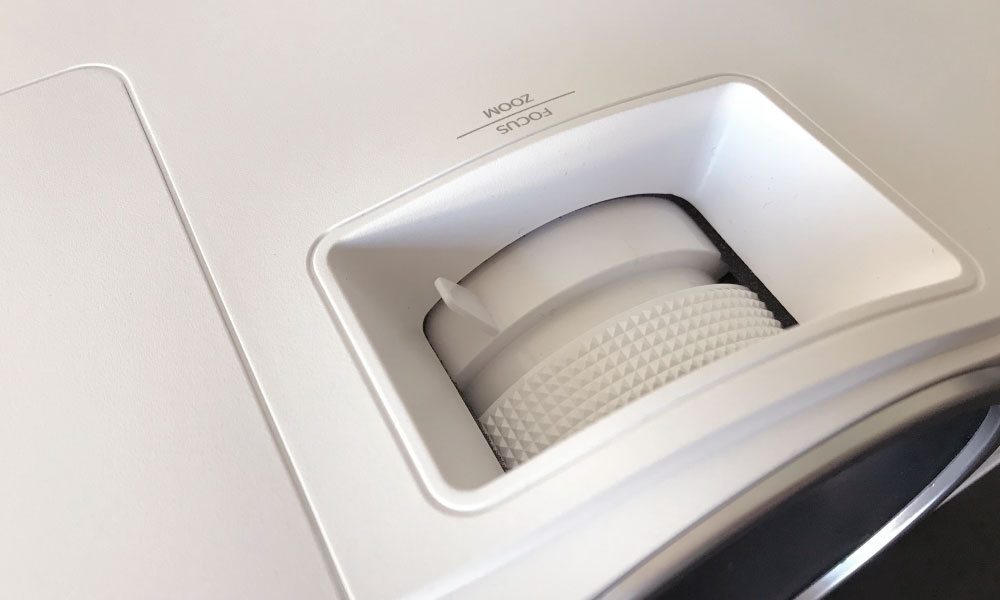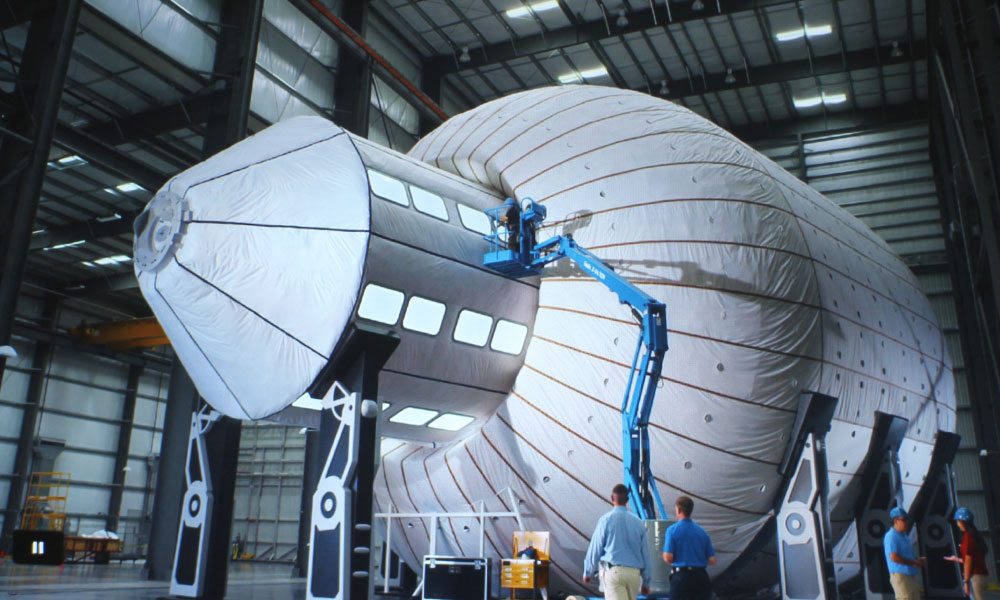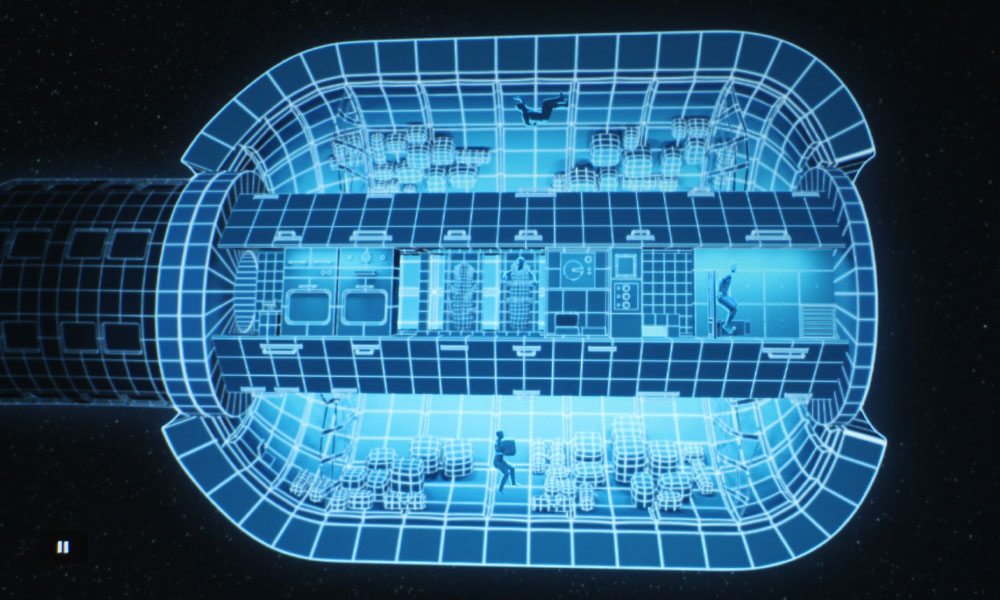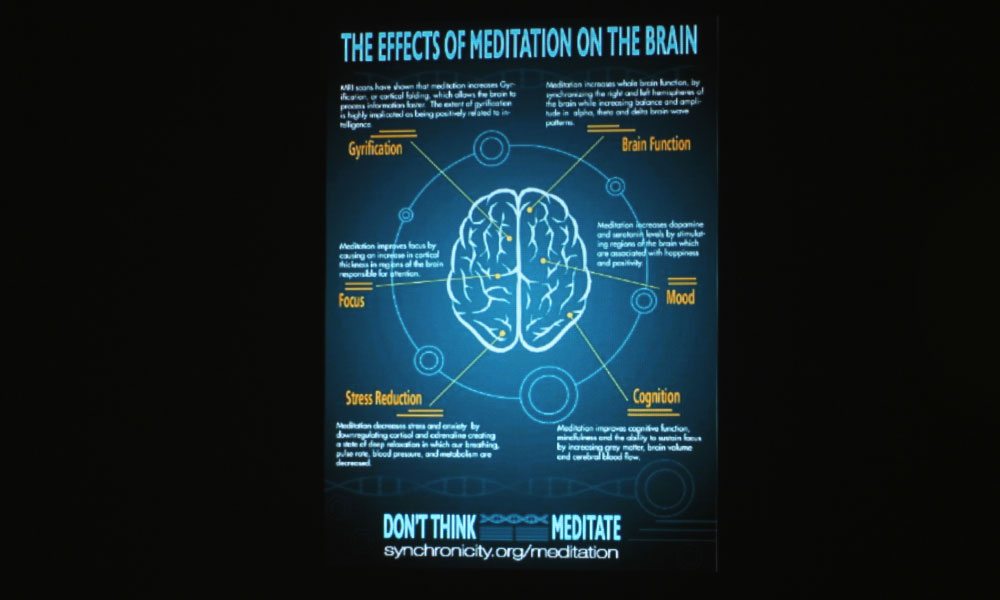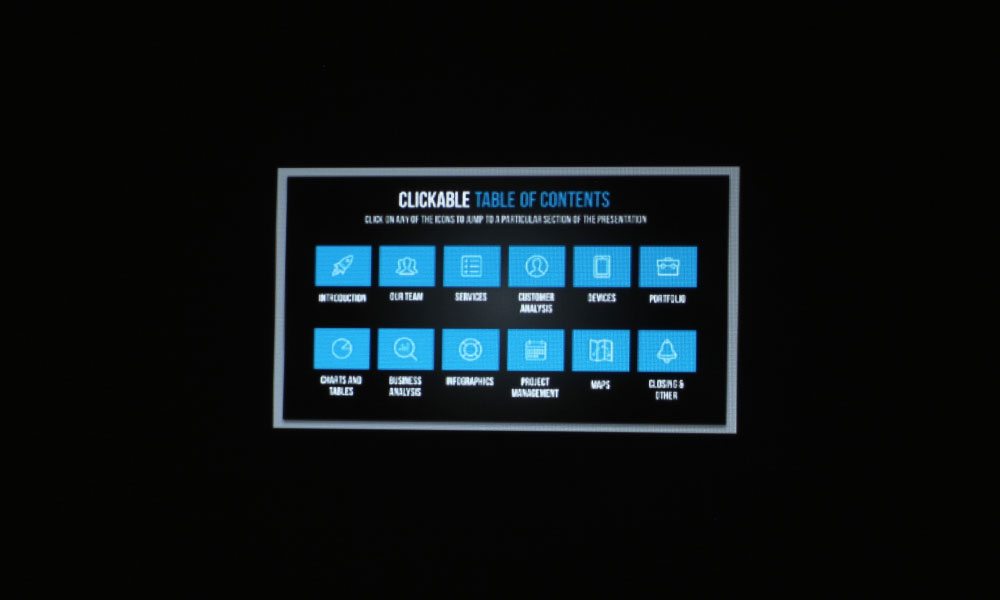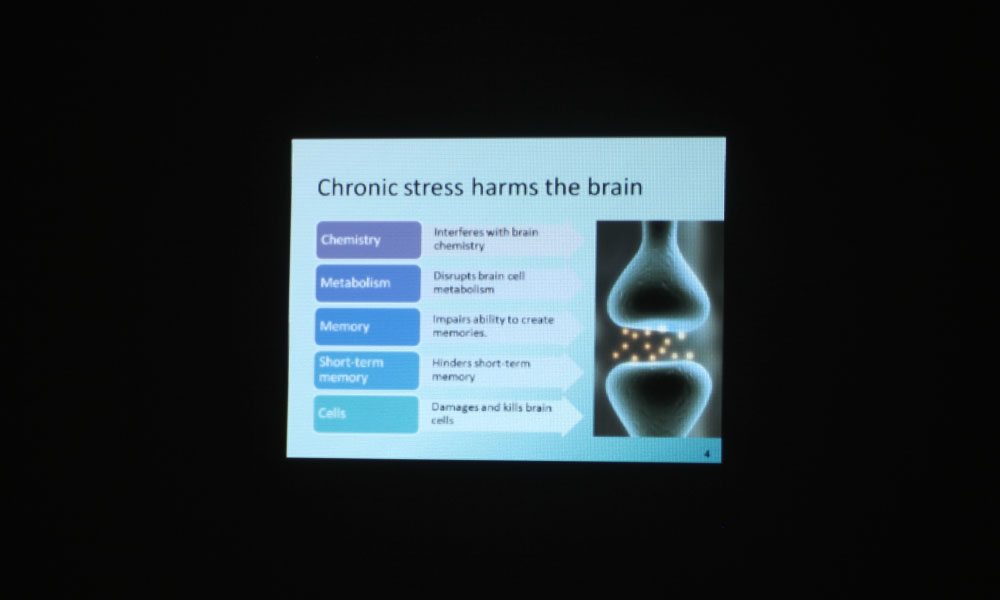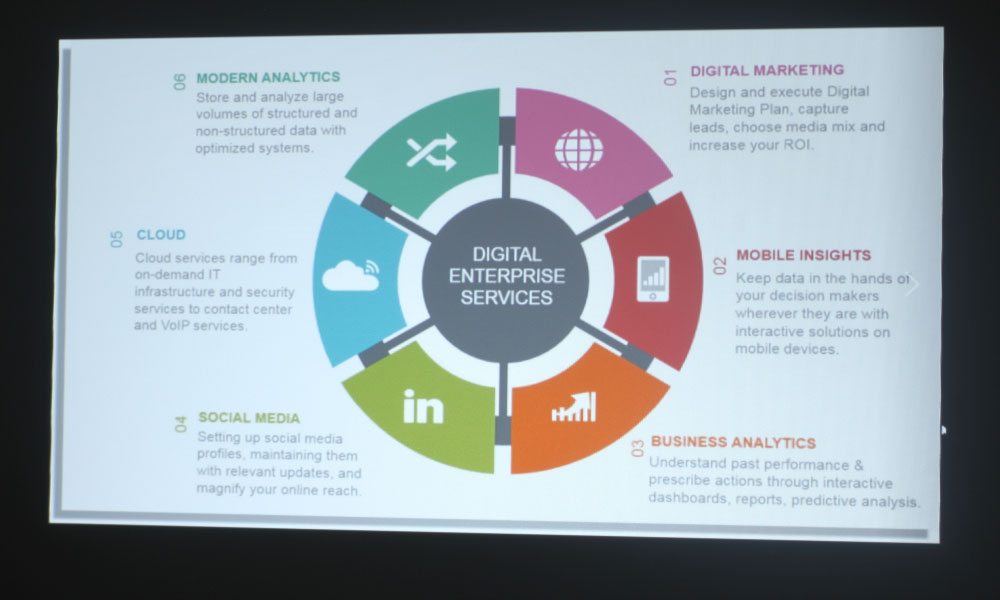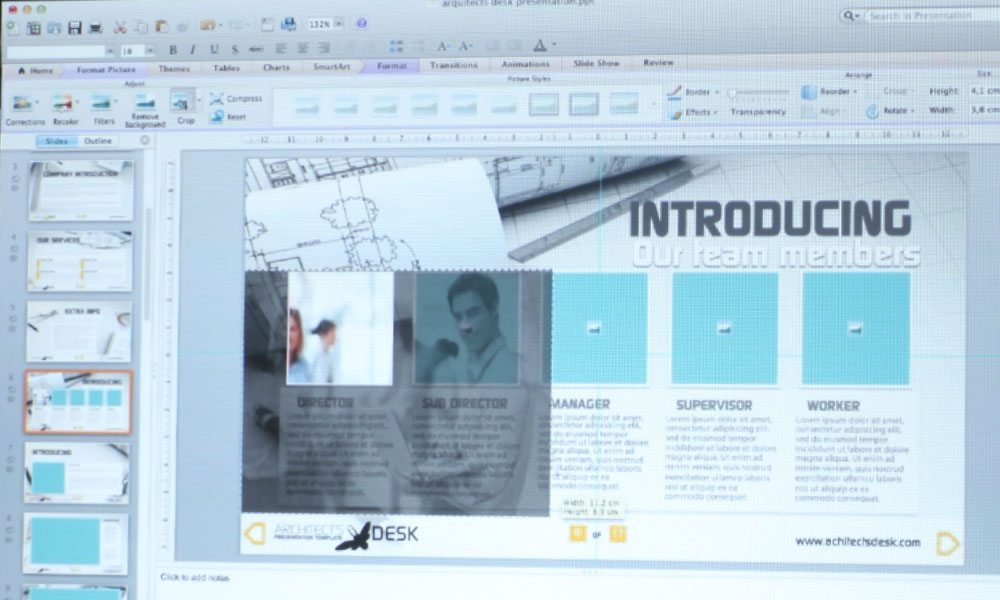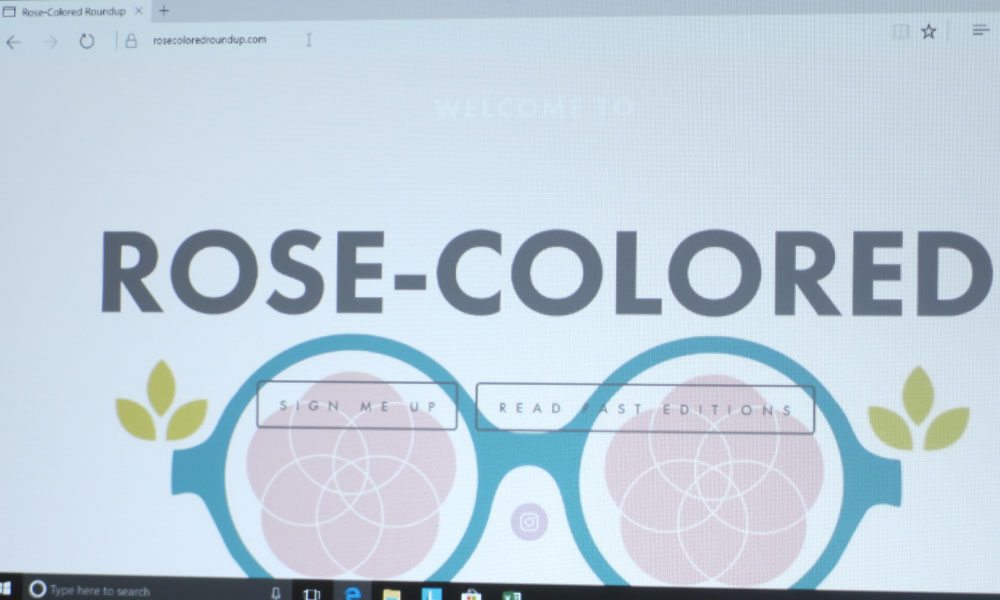The Optoma W460 is a WXGA (1280 x 800) resolution projector priced at $849. It has DLP technology, and a lamp life of 2,500 hours in Bright mode (full power), 3,500 in ECO and 4,500 in Education Cycle, another power saving mode. It is light weight and portable, weighing just 6.75 pounds. It is a small projector that packs a big punch for presentations and video content alike, and is ideal for situations where the projector will be passed around from room to room, or being taken on the road for presentations and training.
It has a manufacturer claim of 4,600 lumens, which it did not meet, but came in relatively close with its brightest mode, Bright, measuring 3,736 lumens. This is not a pretty mode in terms of color, and should only be used in the most dire of circumstances. Presentation mode is the next brightest mode and should be your top choice when combatting a lot of ambient light, as it measured a bright 2,887 lumens. Cinema Mode, the best mode, measured at 1,889 – still respectable – while the next best mode, sRGB, came in at 1,486. The final two modes are specialty modes – Blackboard, which is intended to be used on blackboards, go figure, measured 2,759, and DICOM SIM., a high contrast mode intended for use with X-Ray films, which came in at 2,887 lumens.
It has a white case with the lens mounted to the right side of the projector. Its recessed lens has a 1.2:1 zoom, with its manual controls located on the top behind the lens, also recessed. The control panel is also on top, toward the back, and is nicely laid out. On the left side of the projector, we have the hot air exhaust vents, and on the right, the cool air intake vents. The inputs and connectors panel is on the back, and the 16-watt speaker is on the bottom of the projector.

